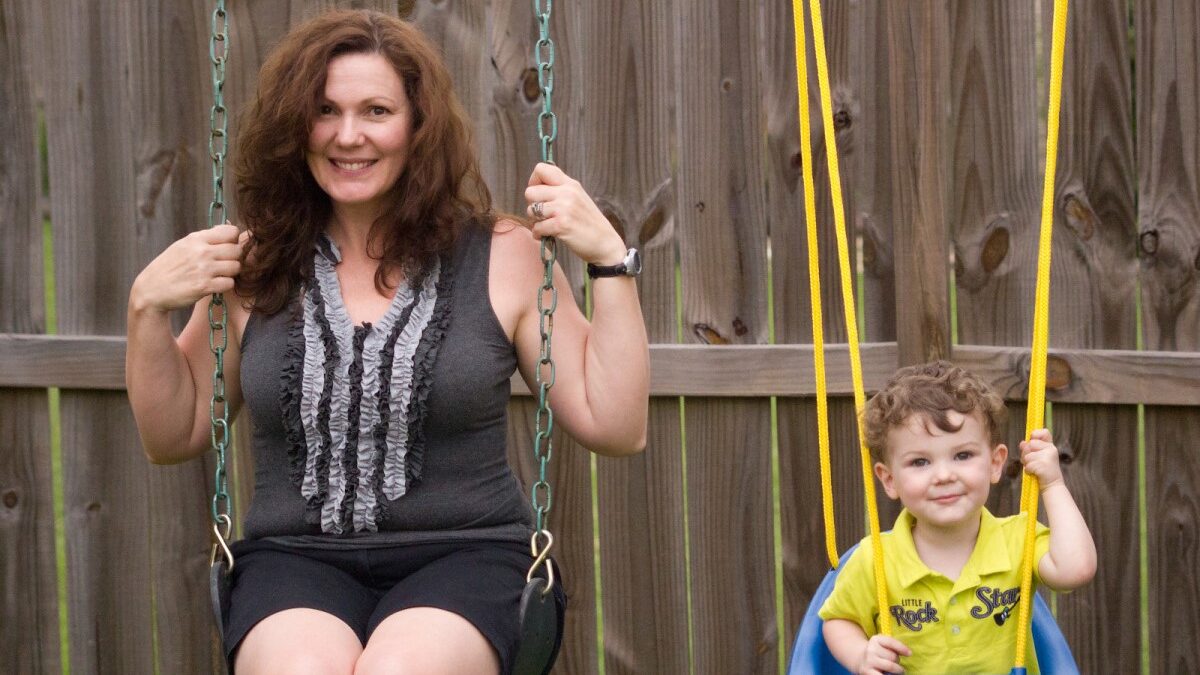
Silicon Valley families and technology are breaking up. This past weekend, Nellie Bowles penned a trio of articles for The New York Times titled, “The Digital Gap Between Rich and Poor Kids is Not What We Expected,” “A Dark Consensus About Screens and Kids Begins to Emerge in Silicon Valley,” and “Silicon Valley Nannies Are Phone Police for Kids.” They highlight Silicon Valley’s ironic internal war on technology. Although they were the ones to give us the technology, they’ve realized it wasn’t such a good idea after all, at least not for their kids.
Many of the most famous tech leaders shared their families’ more restrictive approach to technology long ago but, as Bowles notes, “in the last year, a fleet of high-profile Silicon Valley defectors have been sounding alarms in increasingly dire terms about what these gadgets do to the human brain.” With lines like “I am convinced the devil lives in our phones and is wreaking havoc on our children” and “on the scale between candy and crack cocaine, it’s closer to crack cocaine,” some may call the articles extreme or alarmist, but I found them to be a warranted warning.
I was a late convert to a smartphone, getting one in 2015. I was tired of not being able to receive texts that weren’t compatible with my old flip phone, not to mention last-minute emails about my kids’ activities. I’m glad to have that means of communication now. But a tension that exists because of my phone often makes me uncomfortable.
My phone can have a hold on me, so much so that I regularly turn off my access to the internet, and all my alerts are permanently off. I feel the need to respond to texts and emails as soon as they come in, even when it is unnecessary. I hate when I find myself checking to see if that email I’ve been waiting for has come in, even though it wasn’t there a minute ago. If my phone is capable of having such a hold on me, I can’t imagine how strong it would be for my children.
Bowles’s articles aren’t so much about what technology is doing to us and our children. That’s been covered already. Bowles is concerned with how wealthy parents, specifically people who helped create the technology, are restricting their children from the same things they sell others. If that’s not a cause to evaluate our own family practices, I don’t know what is.
Sometimes I feel like we’re making up the rules for parenting as we go along. That’s probably always been the case for parents, at least to some extent. But now we have unfettered access to technology that wasn’t even around when I was in my early twenties. We can’t look to the technology practices of older generations who’ve already raised their kids, because we’re the ones doing the dirty work of figuring out how to parent with social media and portable devices.
Bowles highlights three main areas throughout her articles that have led many of the tech creators to restrict their children’s access.
They’re Deeply Addictive, By Design
Most of the problems with devices and social media platforms relate to the addictive design that companies employ in their products. If they weren’t so dang enticing, we might not see these other problems. Bowles writes that “the psychologists who work for these companies make the tools phenomenally addictive, as many are well-versed in the field of persuasive design, or how to influence human behavior through the screen. Examples: YouTube autoplays; the slot machine-like pleasure of refreshing Instagram for likes; Snapchat streaks.”
Common Sense Media’s 2015 findings show that American teens are spending a staggering average of nine hours a day using media (when counting dual use of devices as two separate hours), not including any time spent on school and homework. For children ages eight to twelve, it is still a steep six hours a day.
I have three children in that age group right now; for them to spend six hours of their free time a day on media, they’d be giving up their outside play, Legos, reading, helping me in the kitchen, playing soccer together, and creating obstacle courses. Basically, they’d be giving up their childhood and replacing it with what––Fortnite? Minecraft? YouTube? But when something is addictive we don’t consider what we’re losing, we just consider how to get more of it.
Chris Anderson, a chief executive of a robotics and drone company and the former editor of Wired said that technology is “beyond our power to control. This is going straight to the pleasure centers of the developing brain. This is beyond our capacity as regular parents to understand.”
The Loss of Communication Skills
Ironically, our smartphone, tablets, and social media have given us more ways than ever to connect with people, yet they also have the capability to stunt our ability to communicate and develop real relationships. When used well, these tools allow us to foster relationships. When used poorly, these tools supersede connecting with the people that matter the most in the ways that matter the most.
Natasha Burgert, the pediatrician Bowles interviewed, said, “These companies lied to the schools, and they’re lying to the parents. We’re all getting duped. Our kids, my kids included, we are subjecting them to one of the biggest social experiments we have seen in a long time. What happens to my daughter if she can’t communicate over dinner––how is she going to find a spouse? How is she going to interview for a job?”
Bad Behavior and Psychoses
Several of the parents Bowles interviewed cited concern over their children’s bad behavior that has come from overuse of technology. Problems with attention span, depression, sleep, and temper tantrums are associated with tech addiction. Many children are swept up in online bullying. Tech leaders believe that the technology they’ve helped create is “stunting development.”
Steve Jobs famously didn’t give his kids devices. Bill and Melinda Gates didn’t let their kids have phones until they were 14. And now many more of Silicon Valley’s tech elites are now trying to raise their kids as tech-teetotalers. America gave her kids access to technology to prevent a digital divide, but the kids whose parents created all of this technology are the first to be raised without.
Children from lower-income families are the ones spending the most time on technology, even though they have less access than their wealthier peers. Bradford Wilcox, the director of the National Marriage Project at the University of Virginia, tweeted that it is a tragedy “that our elites are hoarding this concern about…technology for their own kids. They are not likely to extend this commitment to…low-tech living to the public at large––to other people’s kids.”
We’re not going back to a pre-smartphone and social media world. So we have to ask: how do we learn to use this technology in a healthy way and not let it rule us and our children? In fact, it might be better for us to have a plan not just for our kids’ media intake, but our own as well.
From the families I’ve seen handling technology well, I’ve picked up a few principles that we’re employing. We’re waiting until our children are mature enough to handle devices before they get their own. We’re aiming to model good tech behavior and are frequently evaluating our habits. We have times and places where devices are turned off. And we’re willing to pull back when necessary.
As Silicon Valley families break up with technology, the rest of us should also learn to manage the tools they sell us.









